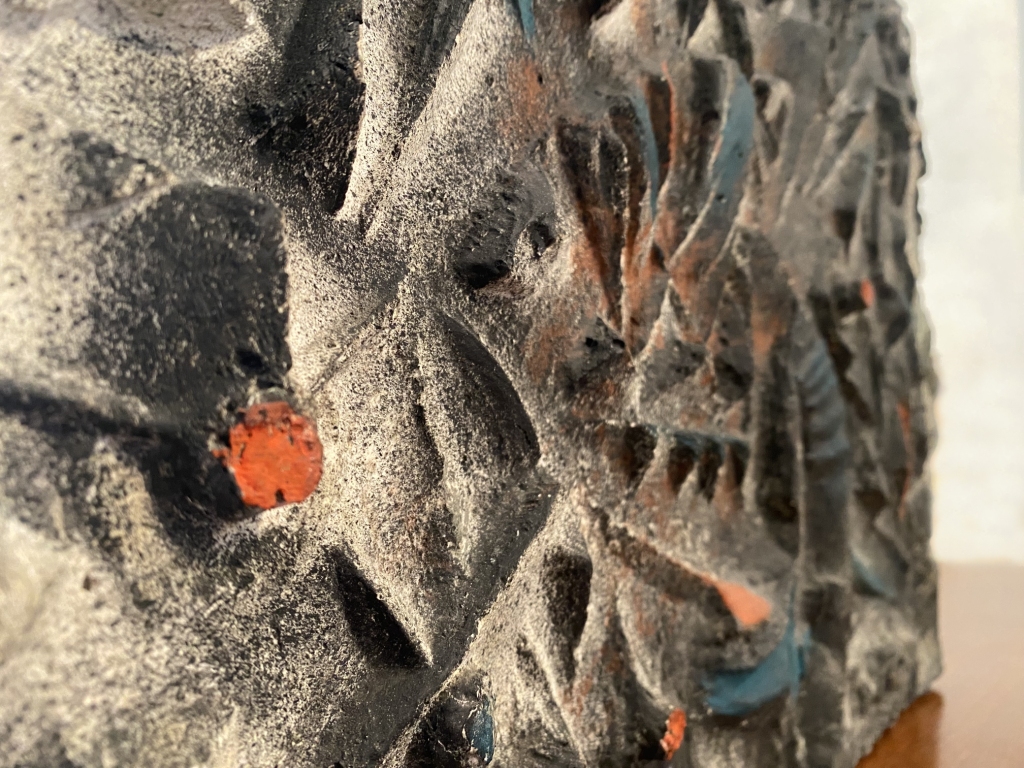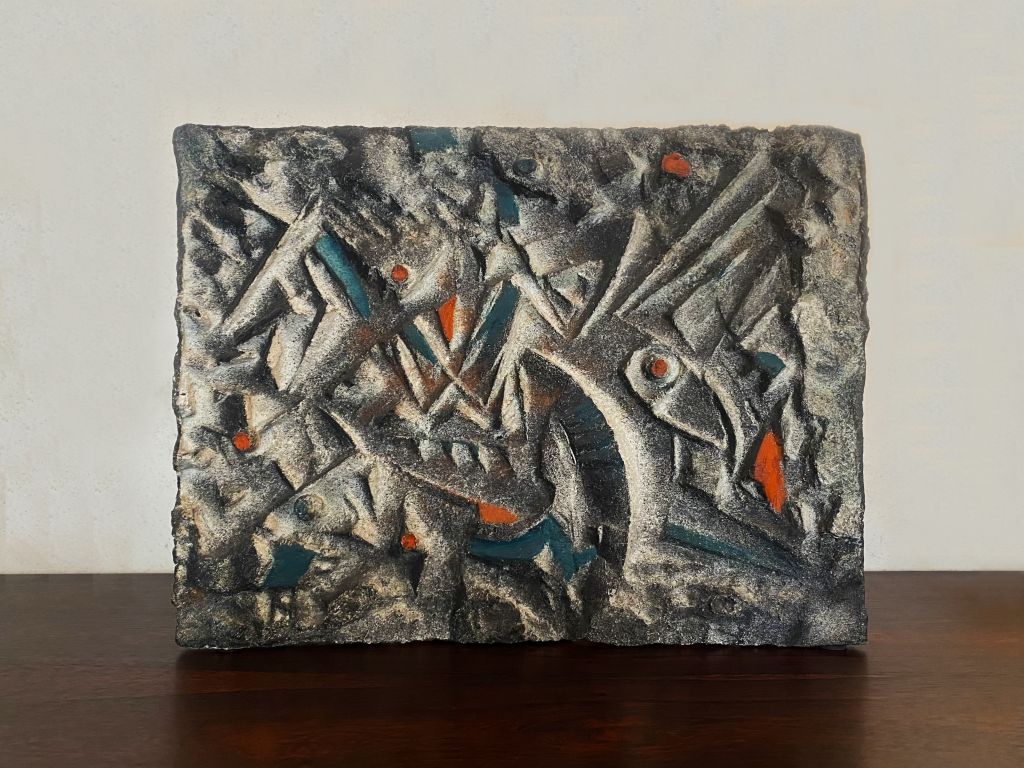
Mastroianni’s creative energy
“One of the dominant themes in Mastroianni’s sculpture is the antagonism between form and space. We can say that for the artist form arises from the destruction of space, it reaches its fullness when it has made emptiness around it, when it stops to react to light and atmosphere, to everything near and far, and it determines for itself with the sure rhythm of volumes and planes its own conditions of light, atmosphere and its own conditions of perspective”.
In 1958, art critic Giulio Carlo Argan resumed in this way the artistic poetics of Umberto Mastroianni (1910 – 1988), one of the most representative Italian sculptors of the last century. Mastroianni made his debut in the classical-figurative field in the 1930s, but it was only after he had assimilated and translated the inspirations coming from Futurism and some important figures of the European avant-garde that he radically transformed his mode of expression in the 1950s, creating works of strong visual impact and great evocative power.
The large and articulated production of Mastroianni, an artist with an “impetuous and at the same time regular course” (Argan), is essentially centred on a great material work carried out using mainly bronze, copper, steel and silver, as well as wood and finally plaster – always used by all sculptors from their first apprenticeship, then recurrently throughout their careers.

Between late 1979 and early 1980, an important retrospective exhibition entitled “Rilievi cromatici 1941-1979” was held at the Palazzo dei Diamanti in Ferrara, curated by Giulio Carlo Argan and Cesare Brandi and accompanied by a rich catalogue entitled ‘Umberto Mastroianni. La simbologia delle forme’. Among the selected artworks were also three low-reliefs made of plaster, one of which is the one presented here.
“Gesso n. 3”, made in 1964, is a low-relief with psychedelic charm, characterised by the dominance of grey colour in its various shades, and a surface with grooves, dunes, lacerations, abrasions, coagulations. A sort of lunar landscape in which once again Mastroianni confirms the centrality he attributes to his work on matter, on which he leaves the tracks of his actions.
The plaster artworks certainly occupy a small space within the sculptor’s artistic production, yet it is undeniable that even through these works he expresses all his infinite devotion for the material and at the same time he wants to communicate to us what is according to him the ultimate mission of art, which “directly communicates vital impulses, transmits powerful creative energies, sets the imagination in motion” (Bucarelli).

MATERIAL BECOMES LANGUAGE – A dialogue between Umberto Mastroianni and Gianfranco Frattini
From April 5 to May 31 2025
10 – 18
Via San Giovanni sul Muro 3, 20121 Milan
+ 39 02 86460928
www.cesatiecesati.com
info@cesatiecesati.com
© 2013 – 2024 cesatiecesati.com | Please do not reproduce without our expressed written consent
Alessandro Cesati, Via San Giovanni sul Muro, 3 – 20121 Milano – P.IVA: IT06833070151